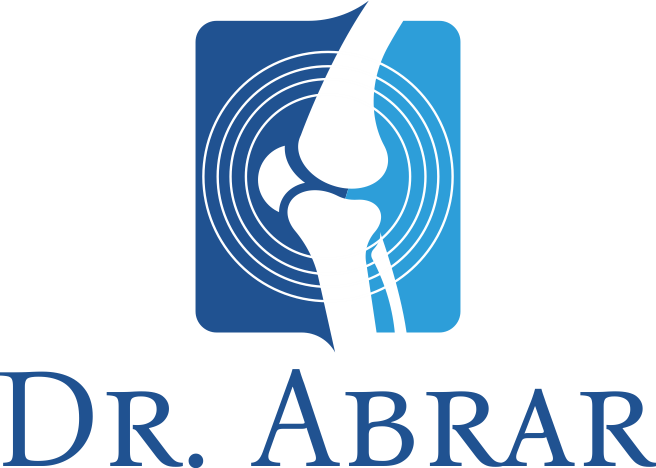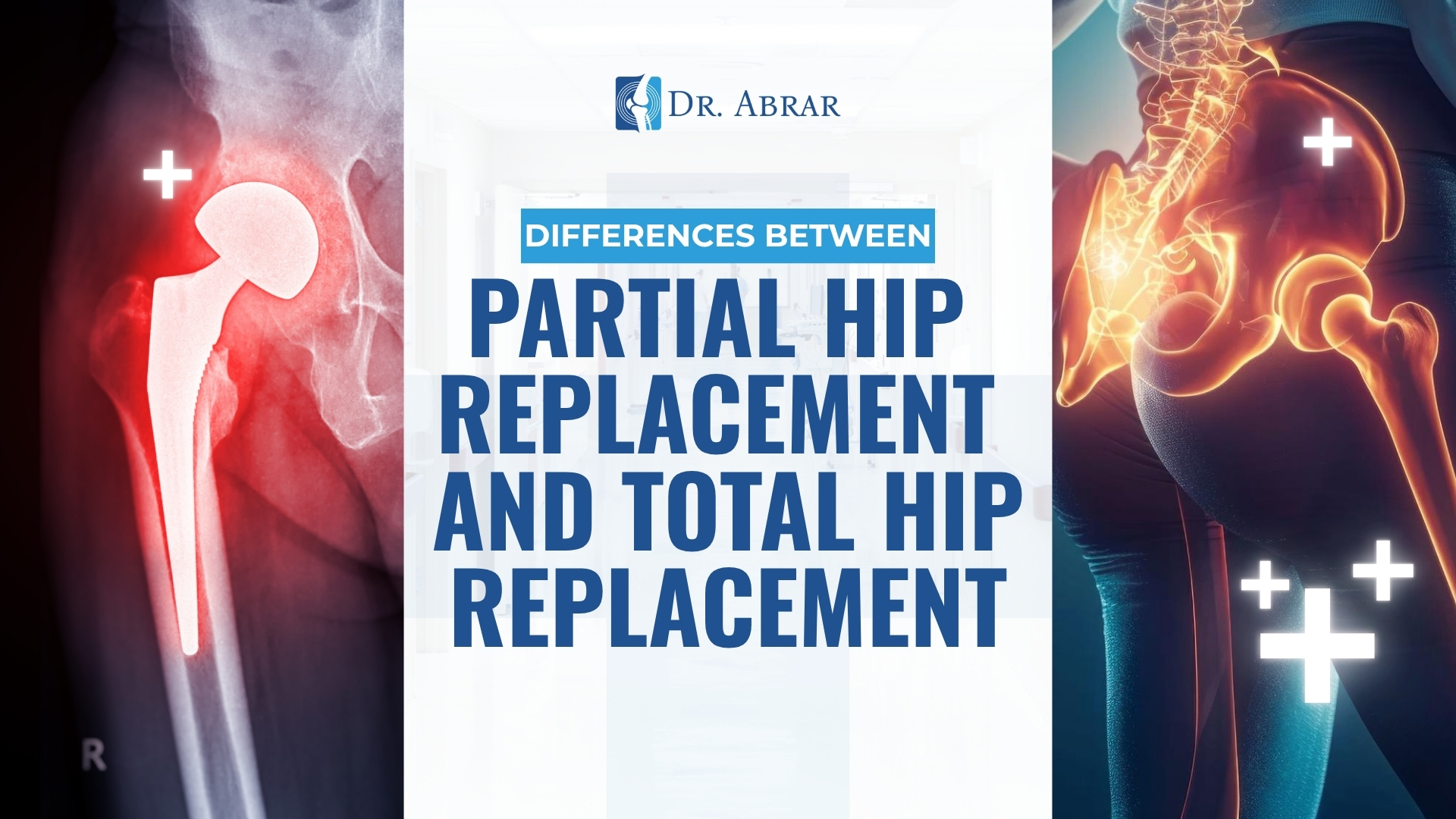Deciding to undergo hip replacement surgery can be challenging. However, when hip pain or an injury hinders your ability to move, sleep, or enjoy daily life, doctors may recommend this procedure. In areas like Chikkaballapur and Bangalore, hip replacement surgeries are becoming increasingly common due to advancements in orthopedic care and modern surgical techniques.
Before deciding on surgery, it is crucial to understand the key differences between partial hip replacement and total hip replacement: two procedures that sound similar but have very different purposes.
What Is a Partial Hip Replacement?
A partial hip replacement (hemiarthroplasty) involves replacing only the femoral head, the ball part of your hip joint. The natural socket (acetabulum) in your pelvis remains intact.
Before deciding on surgery, it is crucial to understand the key differences between partial hip replacement and total hip replacement: two procedures that sound similar but have very different purposes.
When It’s Recommended
Partial hip replacement is usually performed for:
- Older patients with hip fractures (especially a broken femoral neck)
- People whose hip socket is still healthy
- Cases where arthritis hasn’t damaged the entire joint
Benefits of Partial Hip Replacement
- Shorter surgery time
- Faster recovery compared to total replacement
- Less bone removal
- Lower dislocation risk in some patients
However, since the natural socket remains, wear and tear may occur over time, making this option better suited for limited, fracture-specific cases rather than arthritis.
What Is a Total Hip Replacement?
A total hip replacement (THR) replaces both the ball and the socket of the hip joint. In this procedure, surgeons use artificial components, which are typically made from metal, ceramic, or high-grade plastic, to completely reconstruct the joint.
When is Total Hip Replacement Recommended?
Total hip replacement is generally recommended for:
- Severe arthritis (osteoarthritis, rheumatoid arthritis, or post-traumatic arthritis)
- Chronic hip pain or stiffness limiting movement
- Failed previous surgeries
- Younger or more active patients seeking long-term relief
Benefits of Total Hip Replacement
- Comprehensive pain relief
- Improved mobility and flexibility
- Long-lasting results where many implants last 15–25 years
- Suitable for patients with widespread joint damage
Recovery and Rehabilitation Differences
| Aspect | Partial Hip Replacement | Total Hip Replacement |
|---|---|---|
| Surgery time | Shorter | Slightly longer |
| Hospital stay | 2–3 days | 3–5 days |
| Recovery speed | Faster (especially for fracture cases) | Slightly slower but with greater overall improvement |
| Longevity of the implant | 10–15 years | 15–25 years |
| Suitable for | Fractures, elderly | Arthritis, long-term mobility restoration |
After either procedure, rehabilitation and physiotherapy are essential for regaining balance and strength. Patients in Chikkaballapur and Bangalore can consult Dr. Abrar for specialized physiotherapy plans and orthopedic care, which includes guided recovery programs to promote faster healing and recovery.
Which Surgery Is Right for You?
Choosing between a partial and total hip replacement depends on:
- Your age
- Bone condition
- Type of hip problem (fracture vs. arthritis)
- Activity level and lifestyle goals
An experienced orthopedic surgeon in Chikkaballapur or Bangalore will evaluate X-rays, mobility, and pain levels before recommending the best approach for you. If you’re dealing with ongoing hip discomfort, early consultation can prevent complications and help you return to an active lifestyle sooner.
Hip Replacement Surgery in Chikkaballapur and Bangalore
Dr. Abrar’s advanced orthopedic facilities in Bangalore and nearby Chikkaballapur now offer minimally invasive hip replacement options, shorter recovery times, and computer-assisted alignment for better precision.
Whether you’re considering partial hip replacement after a fracture or total hip replacement for arthritis, expert care is available close to home.
Contact Number: +91-9739893893
Email: absz.md@gmail.com
Frequently Asked Questions
Which is better, partial or total hip replacement?
It depends on your diagnosis. Partial hip replacement is best for older patients with a hip fracture and a healthy socket. Total hip replacement is ideal for arthritis or long-term pain relief when both the ball and socket parts of the joint are damaged.
Whether you’re considering partial hip replacement after a fracture or total hip replacement for arthritis, expert care is available close to home.
How long does it take to recover after hip replacement in Chikkaballapur?
Most patients in Chikkaballapur and Bangalore start walking within a few days after surgery.
Full recovery can take 6–12 weeks for partial replacement and 12–16 weeks for total replacement, depending on your physiotherapy plan and overall health.
Is hip replacement surgery painful?
Modern techniques and anesthesia make the surgery itself painless. After the procedure, mild discomfort is normal during recovery, but pain is well-managed with medication and physiotherapy support.
How long does a hip implant last?
A partial hip implant may last around 10–15 years, while a total hip implant can last 15–25 years with proper care and modification of activity.
Where can I find a good orthopedic surgeon for hip replacement in Chikkaballapur?
If you live in or around Chikkaballapur or Bangalore and are exploring hip replacement options, consult Dr. Abrar to find the treatment that best fits your condition, age, and lifestyle.

